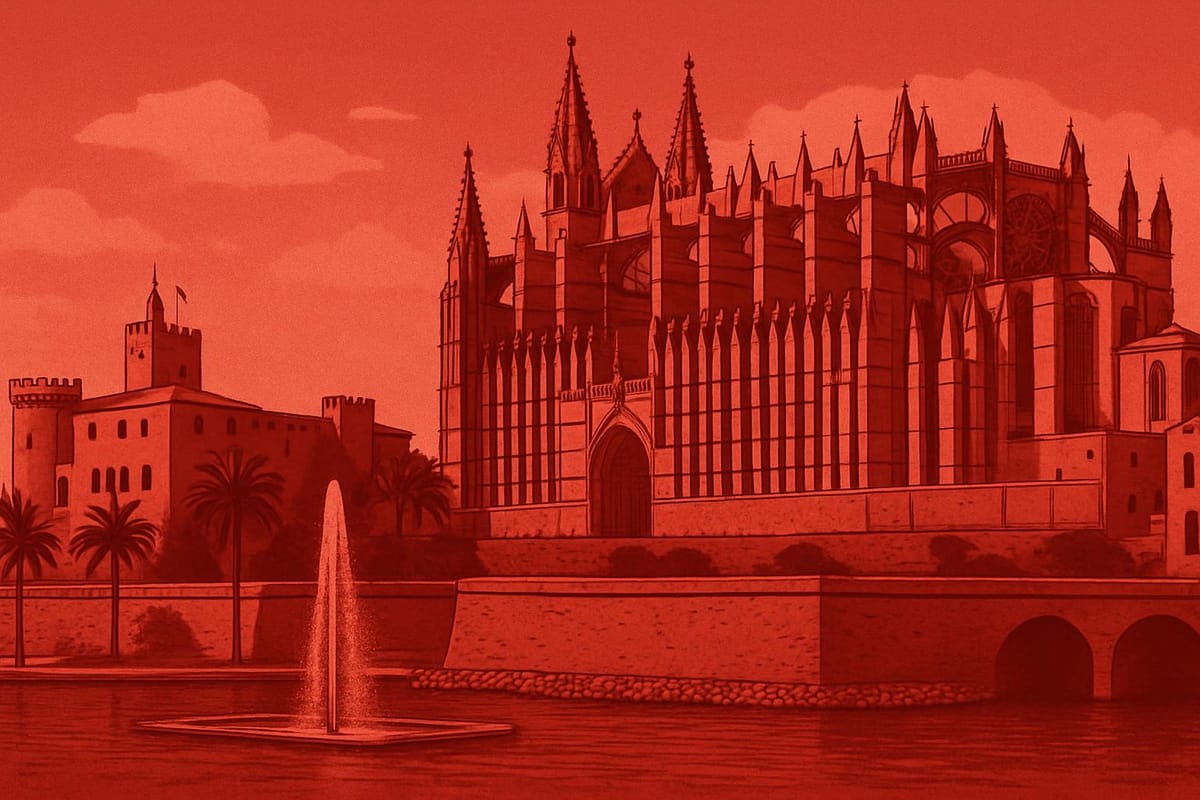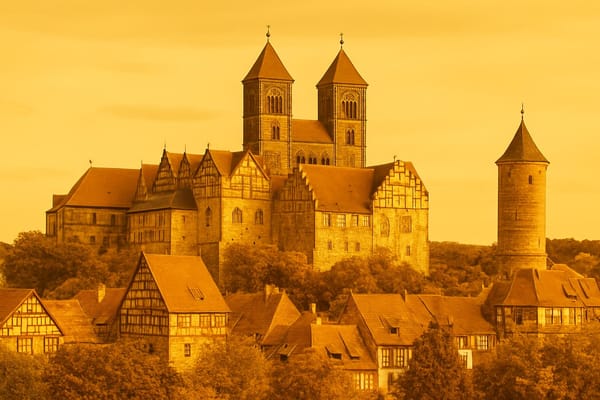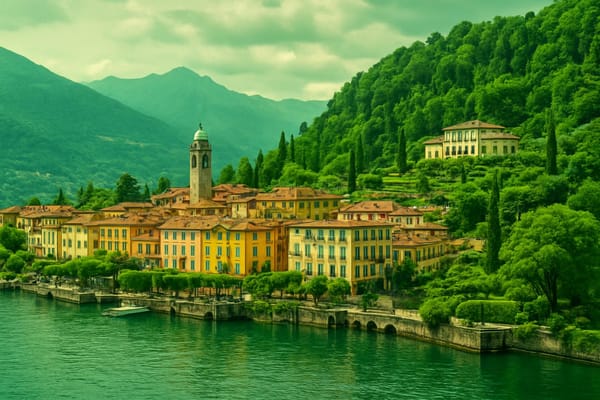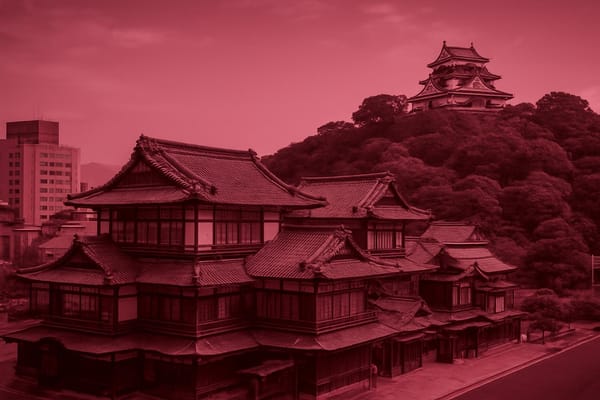Palma de Mallorca
Discover a Gothic cathedral, golden beaches, lively tapas scene, marina and Mediterranean sunsets.

Important things to know about Palma de Mallorca
Palma de Mallorca is a vibrant Mediterranean city on the island of Mallorca in the Balearic Islands, Spain, where a rich blend of contemporary urban life and deep-rooted local traditions shapes daily rhythms; its neighborhoods hum with cafés and markets, the gastronomy scene emphasizes fresh seafood and seasonal produce, and bilingual signage reflects the coexistence of Catalan and Spanish languages that give the city a distinctive cultural texture. Year-round mild climate and abundant sunshine influence outdoor living and a strong café culture, while a growing creative and tech sector attracts entrepreneurs and digital nomads seeking a high quality of life close to nature but with city comforts. Palm tree-lined avenues, varied architectural layers, and lively residential quarters host artisan workshops, modern galleries, and culinary experiments that showcase local identity without relying on transient trends. The city’s economy mixes traditional maritime and service industries with an expanding focus on innovation, gastronomy and sustainable development, encouraging community initiatives around urban mobility, cycling, and green spaces. Public transport and pedestrian-friendly streets make neighborhoods accessible, and a calendar of seasonal festivals and neighborhood gatherings fosters social cohesion and local pride. For those researching or considering relocation, investment, or remote work in the Balearic Islands, Palma presents a compelling combination of historical depth, cosmopolitan amenities, and an active lifestyle rooted in Mediterranean rhythms, making it a standout urban center in Spain for both residents and long-term visitors.
Sightseeing hot-spots in Palma de Mallorca
Palma de Mallorca is a captivating city where medieval charm meets Mediterranean vibrancy, and the sightseeing highlights of Palma de Mallorca are as varied as they are stunning. The skyline is dominated by La Seu, the magnificent Gothic cathedral of Santa Maria, whose soaring nave and stained glass are unforgettable; nearby, the Royal Palace of Almudaina offers a glimpse into Mallorca’s royal past. Wandering the old town you’ll find narrow lanes, hidden courtyards, and centuries-old architecture that make exploring on foot one of the best Palma sightseeing experiences. Along the waterfront, the Paseo Marítimo and port area create a lively backdrop of yachts, cafés and evening promenades ideal for discovering the city’s maritime soul.
Art and history lovers will be drawn to the island’s cultural highlights, from the circular Bellver Castle high above Palma to contemporary collections at Es Baluard museum of modern and contemporary art. The city balances its historic monuments with vibrant neighborhoods like Santa Catalina, where markets and bars showcase local life and fresh produce. Palma’s coastline is part of the appeal too: nearby beaches such as Cala Major and the relaxed bay of Portixol are perfect for sunbathing or a seaside stroll after a day of museum-hopping and cathedral visits. The blend of galleries, palaces, and coastal scenery makes Palma a well-rounded destination for visitors seeking both culture and relaxation.
Practical Palma sightseeing tips enhance any itinerary: join a guided walking tour to uncover hidden stories, rent a bike for scenic routes along the sea, and time your visit to the cathedral rooftop for a memorable sunset view over the harbor. Don’t miss sampling Mallorca’s gastronomy, from tapas and fresh seafood to traditional ensaimadas, and allow time for leisurely shopping in artisan boutiques and local markets. With compact streets that reveal new discoveries at every turn, Palma de Mallorca stands out as an accessible, picturesque capital offering rich history, contemporary culture, and unmistakable Mediterranean charm.
Hotels to enjoy in Palma de Mallorca
Palma de Mallorca is a vibrant island capital where a wide range of hotels in Palma de Mallorca meets every travel style, from sun-seeking families to culture-focused couples. Stays in the Old Town put guests a short walk from the iconic Palma Cathedral and winding cobbled streets, while beachfront properties along the bay and Paseo Marítimo offer panoramic views of the Mediterranean and easy access to sandy coves. Many hotels combine historic charm with modern comforts, featuring rooftop terraces, infinity pools, on-site spa facilities and Mediterranean cuisine that showcase Mallorca’s flavors. Convenience is another advantage: Palma’s well-connected airport and compact city center make it simple to switch between exploring the art-filled neighborhoods and relaxing by the sea, so choosing among boutique, luxury or beachfront options often comes down to preferred atmosphere and amenities.
Whether you are searching for upscale stays with bespoke services or practical budget options that don’t sacrifice location, Palma offers thoughtful choices across the Balearic Islands. Business travelers appreciate hotels with meeting facilities and easy access to the port, while leisure travelers value family-friendly rooms and proximity to Palma’s vibrant nightlife, museums and markets. For those prioritizing unique experiences, boutique properties in converted palaces provide character and personalized service, whereas modern resorts focus on wellness, pools and culinary excellence. When researching hotels in Palma de Mallorca, consider factors like proximity to the cathedral, seaside access, and on-site spa or dining options to find the right balance of comfort and location for your Mediterranean getaway.
Restaurants to try in Palma de Mallorca
Palma de Mallorca is a vibrant culinary destination where restaurants range from tucked-away tapas bars to elegant waterfront dining rooms, and every street in the old town seems to promise a new flavor. Strolling through the narrow lanes of the historic center, visitors encounter menus showcasing Mediterranean traditions, fresh seafood caught that morning, and creative reinterpretations of classic Mallorca cuisine. Local markets and family-run eateries emphasize local produce, olive oil, and seasonal fish, delivering an authentic taste that draws food lovers seeking the best restaurants in Palma de Mallorca. Whether you crave rustic comfort dishes or refined plates plated with contemporary flair, Palma’s dining scene balances heritage and innovation in ways that reward both casual diners and gastronomes.
Beyond the plates themselves, the experience of dining in the city elevates Palma restaurants into memorable outings: sunlit terraces overlooking the harbor, buzzy neighborhoods filled with late-night energy, and intimate dining rooms for celebratory meals. The island’s wine producers complement seafood and grilled meats, while chefs blend island ingredients with international techniques to craft menus that keep lists of best restaurants in Palma constantly evolving. For SEO-minded travelers and local explorers alike, searching for top Palma restaurants will reveal a spectrum of options-from family-run bistros to Michelin-level kitchens-each promising a distinctive slice of Mallorcan hospitality and flavor.
Best shopping stops in Palma de Mallorca
Palma de Mallorca shopping is a delightful blend of historic charm and contemporary style, where cobbled streets and grand boulevards meet sleek boutiques and flagship stores. Strolling along Passeig del Born and the tree-lined La Rambla reveals an array of designer labels, independent fashion boutiques, and elegant jewelry shops that attract visitors seeking both luxury and unique finds. The compact old town is especially rewarding for shoppers who enjoy discovering curated concept stores that spotlight Mallorcan designers, handmade leather goods, and artisan ceramics. Around the stunning silhouette of the Palma Cathedral, narrow lanes open onto ateliers and showrooms where contemporary craftsmanship sits comfortably beside traditional craftsmanship, offering everything from bespoke clothing to stylish homeware ideal for tourists and locals alike.
For those who prefer a livelier atmosphere, the weekend markets and food halls around the city provide excellent opportunities to pick up local crafts, gourmet products, and memorable souvenirs. Markets like those in Santa Catalina or near the harbor combine fresh produce, artisanal cheeses, and handcrafted jewelry, making shopping in Palma a sensory experience that celebrates Mallorcan culture and gastronomy. Trend-conscious visitors will find sustainable fashion shops and vintage stores tucked away in quieter neighborhoods, while flagship stores along the waterfront cater to shoppers seeking premium international brands. Whether you're hunting for a statement piece, tasting local delicacies, or simply enjoying a leisurely retail walk, Palma de Mallorca's shopping scene offers a diverse, high-quality experience that blends tradition with modern retail trends.
Nightlife highlights in Palma de Mallorca
Palma de Mallorca nightlife pulses with a cosmopolitan energy that blends historic charm and modern beats, making it a top destination for evening entertainment. From golden-sunset cocktails on the waterfront to intimate bars tucked into cobbled streets, Paseo Marítimo and the old port area come alive as twilight falls. Visitors can wander through the atmospheric lanes near La Lonja, sample creative tapas and signature cocktails, and enjoy a lively mix of locals and travelers. The variety of venues - from chic rooftop terraces with panoramic city views to relaxed tavernas playing acoustic sets - ensures every night in Palma feels distinct and memorable.
When the moon rises, the island’s club scene heats up with world-class DJs driving energetic nights in stylish venues and beach clubs that keep the party rolling into dawn. Neighborhoods like Santa Catalina offer eclectic bars and live music venues where jazz, flamenco and electronic sounds coexist, while larger clubs along the marina attract international crowds seeking late-night dancing. Whether you’re hunting for an elegant wine bar, an upbeat cocktail lounge, or a pulsating dancefloor, Palma de Mallorca nightlife delivers variety, quality and a safe, welcoming vibe that keeps visitors returning season after season.
Getting around in Palma de Mallorca
Palma de Mallorca’s main air gateway, Palma de Mallorca Airport (Son Sant Joan), sits just a short drive from the city and offers a range of airport transfer options that make reaching Palma city center straightforward for travelers; although there is currently no direct train into the terminal, the airport is well served by frequent public buses, reliable taxis and numerous car hire providers, while Palma’s rail network connects the city’s Intermodal Station at Plaça d’Espanya with towns across Mallorca such as Inca, Manacor and Sa Pobla, making onward travel by train easy once you arrive in the city. For visitors prioritizing cost and convenience, the airport buses run on a regular schedule and are integrated with local transport tickets, whereas travelers with luggage or time constraints often choose taxis or pre-booked transfers for a quicker door-to-door journey; seasonal changes increase flight and bus frequencies, so checking schedules before travel helps. With growing interest in sustainable travel and proposals discussed to improve rail links, combining a short bus or taxi ride from Son Sant Joan with Palma’s compact rail and bus network remains the most practical approach for exploring Mallorca by public transport.
Culture must-see's in Palma de Mallorca
Palma de Mallorca offers a rich tapestry of cultural highlights that blend centuries of history with a vibrant contemporary scene, making Palma de Mallorca a must-visit destination for culture lovers. The city’s skyline is dominated by the soaring silhouette of La Seu, the Gothic cathedral whose sunlit interiors and fragments of Gaudí’s 20th-century interventions draw visitors into the heart of Mallorcan history. Strolling the old town reveals narrow stone streets, hidden courtyards and landmarks such as the royal Almudaina palace and the circular Bellver Castle, while the lively Passeig des Born connects the historic center to modern cafés, boutiques and terraces. Museums like Es Baluard showcase contemporary Balearic art, and traditional markets such as Mercat de l’Olivar provide an immersive taste of local life, where fresh seafood, ensaimada pastries and artisan produce form an essential part of Palma’s cultural identity.
The cultural calendar of Palma pulses year-round with festivals, music and culinary experiences that highlight the island’s traditions and innovation. Annual events such as Sant Sebastià and the contemporary Nit de l’Art animate streets and galleries, while the Auditorium hosts classical and jazz concerts that attract international talent. Food culture is central to the city’s appeal: savoring pa amb oli, sobrassada, and seaside tapas in a centuries-old square remains one of the most memorable ways to connect with local customs. Whether exploring street art, rooftop bars with harbor views, or the intimate craft shops that preserve Mallorcan ceramics and textiles, visitors discover why the cultural highlights of Palma de Mallorca continue to inspire artists, historians and travelers seeking an authentic Mediterranean experience.
History of Palma de Mallorca
Palma de Mallorca's long and layered past begins long before it became a sun-drenched tourist magnet: archaeological remains show Talayotic settlements and later a strategic Roman port known as Palmaria, which connected the island to Mediterranean trade routes. Over centuries Palma evolved under Byzantine and then Islamic rule, when the city was known as Medina Mayurqa and flourished as a vibrant center of agriculture, craftsmanship and commerce. The medieval era brought dramatic change when King James I of Aragon captured the city in 1229 and integrated the island into the Christian Kingdom of Mallorca, reshaping social structures, urban design and religious life. The imposing Cathedral of Santa María (La Seu), begun in the 13th century and completed over many generations, stands as a skyline-defining symbol of this transformation, its Gothic nave reflecting Mallorca’s wealth and connections to maritime trade. Alongside La Seu, the royal Almudaina palace and the remnants of judería neighborhoods speak to a multicultural past of Christians, Muslims and Jews whose crafts and commerce helped Palermo-sorry, Palma-become a regional hub in the medieval Mediterranean.
Modern Palma de Mallorca blends heritage and contemporary life, with a history that continues to shape its identity as the capital of the Balearic Islands. The city endured economic fluctuations, pirate attacks and demographic shifts through the early modern period, but from the 19th century onward it gradually diversified beyond agriculture and shipbuilding into commerce and cultural production. The 20th century brought a tourism boom that transformed Palma into one of Europe’s leading holiday destinations; the port and airport became gateways for millions seeking the island’s beaches, cuisine and historic streets. Cultural figures like Antoni Gaudí and Joan Miró left architectural and artistic imprints, while modern conservation efforts strive to balance preservation of medieval walls, palaces and churches with the pressures of development and cruise ship tourism. Today the history of Palma de Mallorca is both a tourism asset and a subject of active study, with museums, archaeological sites and restoration projects inviting visitors to explore layers of Roman foundations, Islamic urban planning, Gothic splendour and modern reinvention that together tell the enduring story of this Mediterranean capital.



